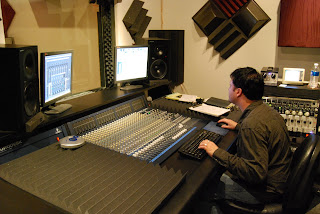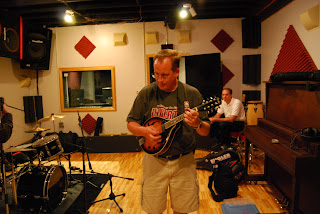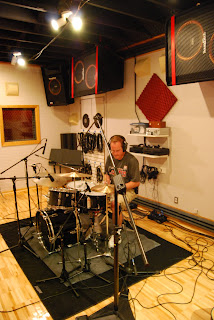
Subscribe to Airspeed through iTunes or your favorite other podcatcher. It’s all free!
These are the show notes to an audio episode. You can listen online right here by clicking: http://media.libsyn.com/media/airspeed/AirspeedThunderbirdsBriefing.mp3.
While I’m working on the music and other elements of the summary episode for the Thunderbirds ride, I thought I’d tease you a little more. As you know, I was the alternate, but got called in to suit up in case the primary rider’s camera crew failed to show up. (You gotta love ace photographer Tim Reed, who was there for me, camera in hand and snapping away. Thanks, Tim!)
After about 45 minutes, I had caught up to the primary rider in the suit-up procedure and I joined him for the preflight briefing with the demo pilot, LtCol Rob Skelton, the Thunderbirds’ Operations Officer. Here’s audio of that briefing.
Ultimately, the primary rider’s camera crew arrived just in time and he flew that day. But the Thunderbirds were kind enough to fly me the next day. I also recorded the preflight briefing with Maj Tony Mulhare, Thunderbird 8, who flew me the next day. I’ll include parts of that briefing with the summary episode.
This briefing with LtCol Skelton has a little better audio quality than the briefing with Maj Mulhare and it makes a pretty good episode in and of itself. No flies on the briefing with Maj Mulhare – it’s just going to require a little more attention in post. I was holding the MP3 recorder for the briefing with 7, whereas I had the MP3 recorder sitting on the table further away from us for the briefing with 8.
As you’d expect from a squadron with the reputation of the Thunderbirds, the briefings were remarkably similar and that speaks very highly of the team’s standardization of procedures. You’ll be able to tell when you hear the excerpts from Maj Mulhare’s briefing in the final episode.
Stay tuned!








